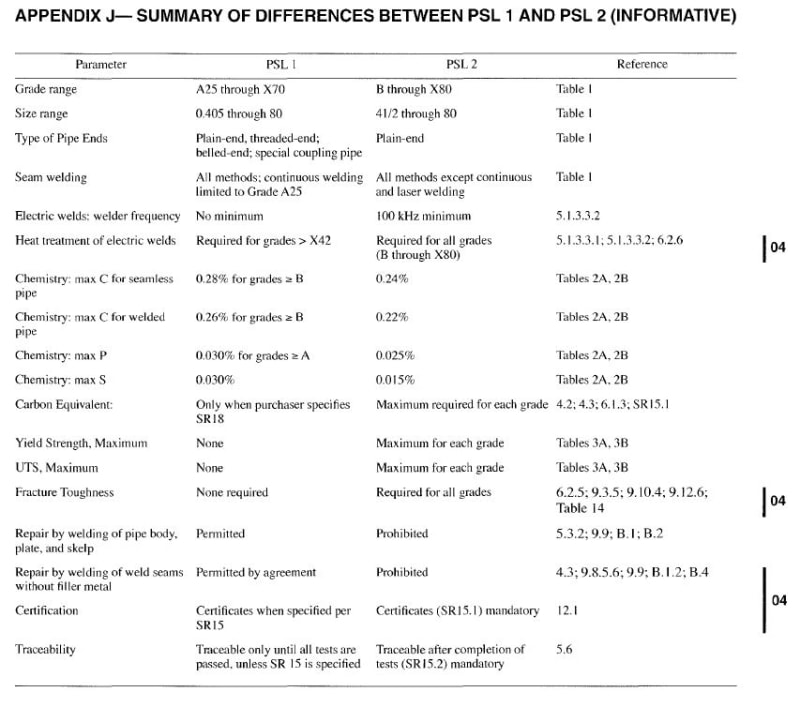Amr Srag
Petroleum
- Jul 8, 2019
- 6
hello there,
is there any difference in mechanical properties between API 5L X65 M&N&q or the are the same ?
also when i specify to the manufacturer M,Q or M
is there any difference in mechanical properties between API 5L X65 M&N&q or the are the same ?
also when i specify to the manufacturer M,Q or M

